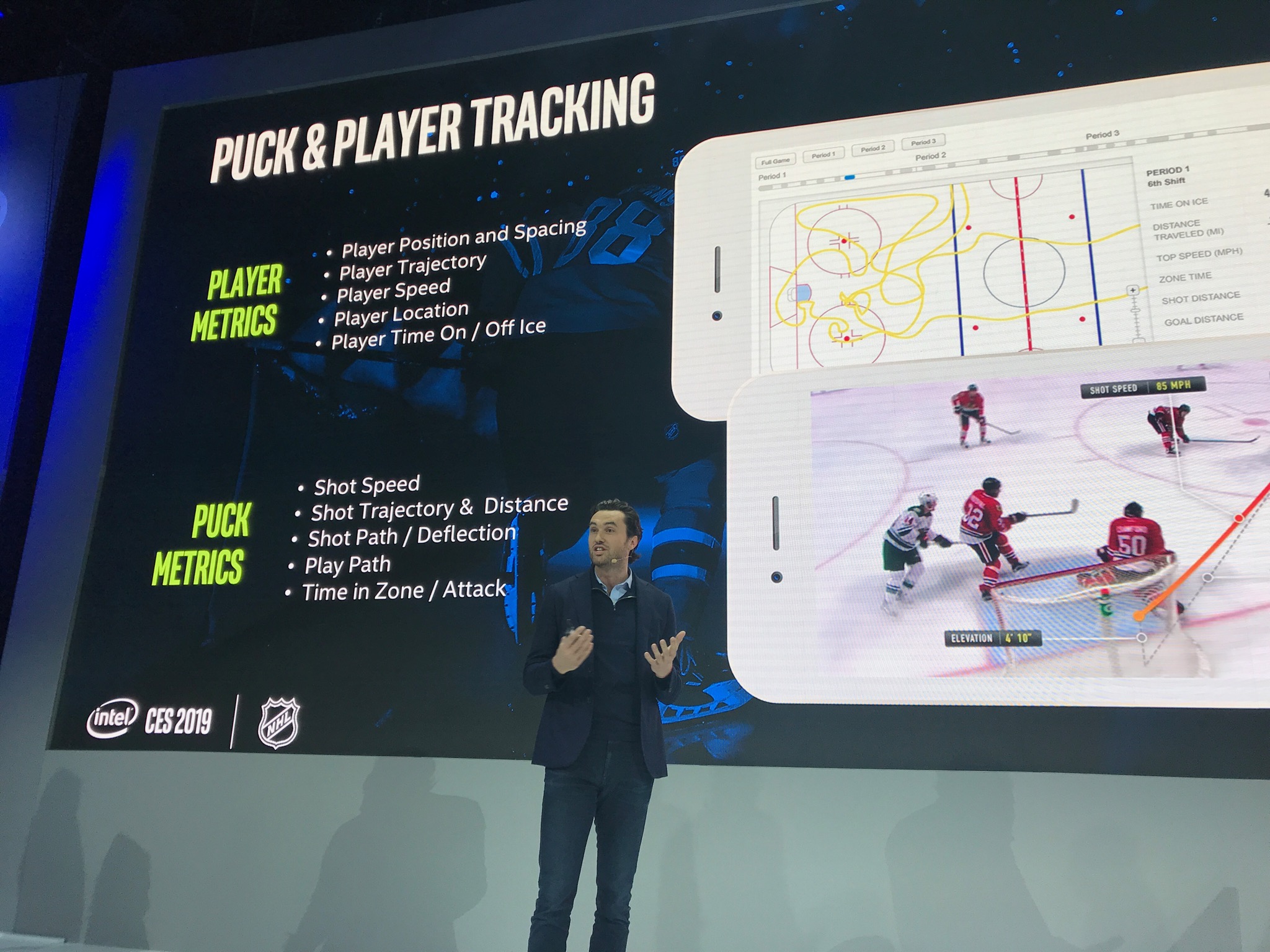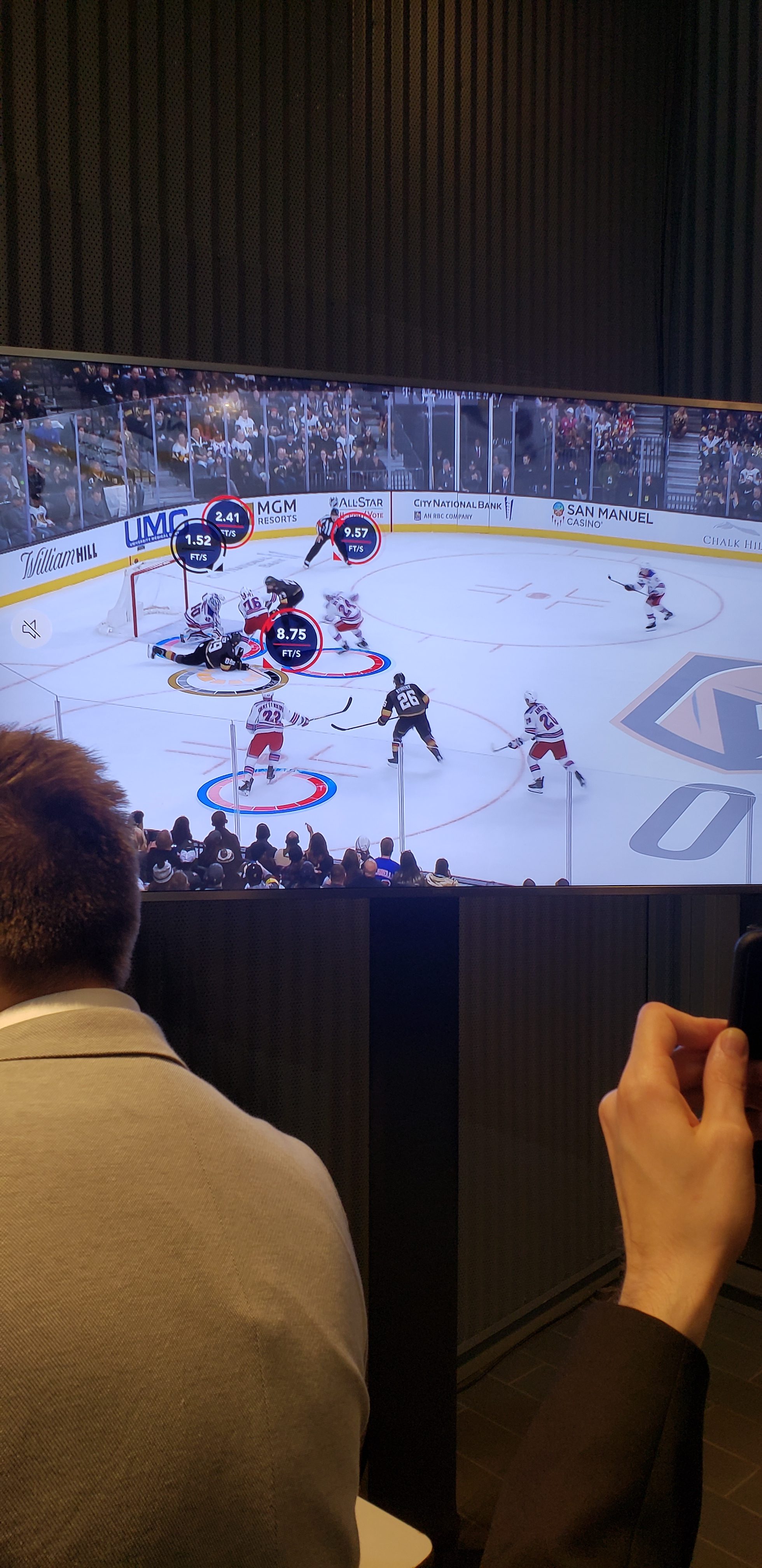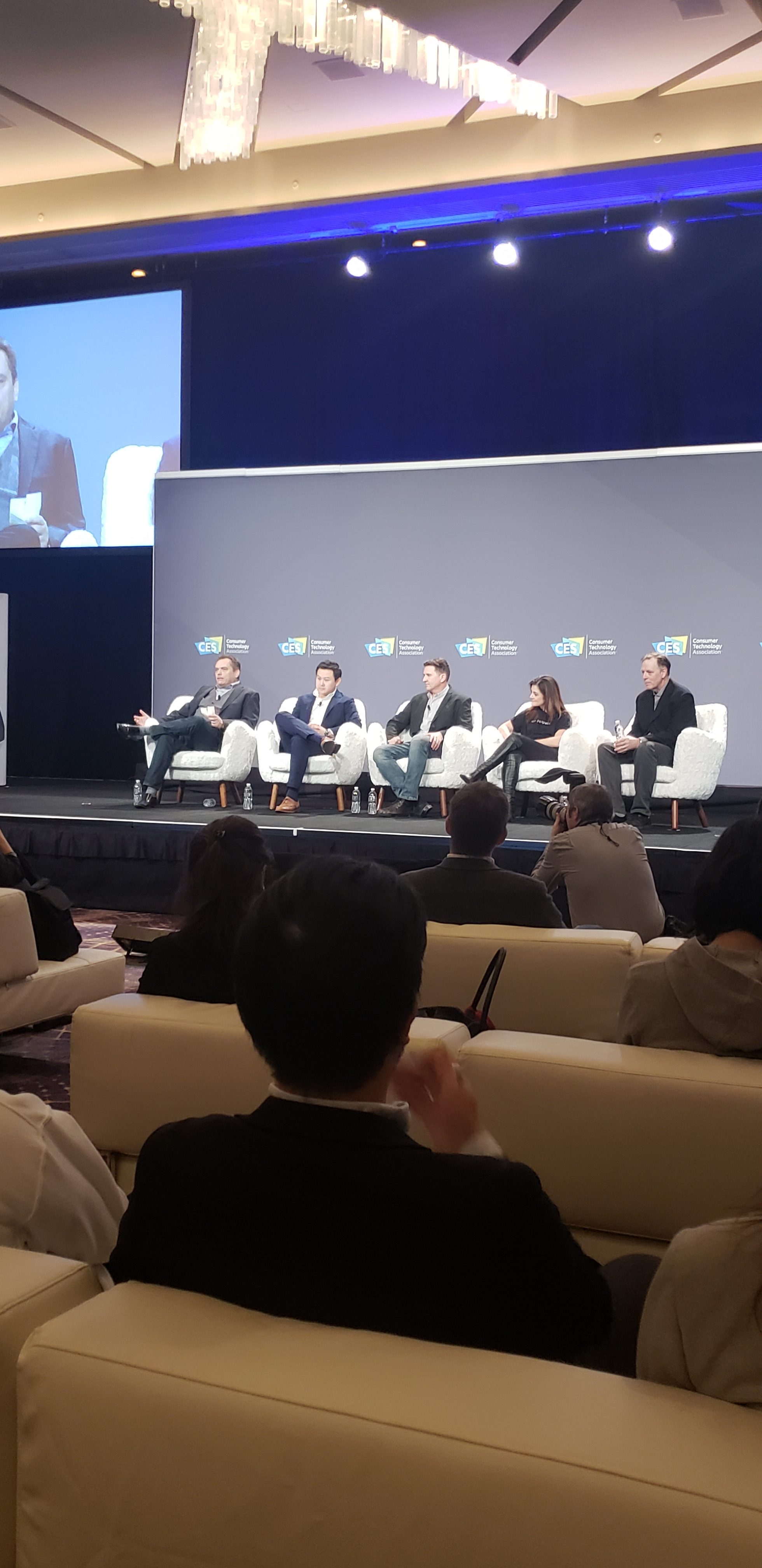“We have to move at the speed of culture.”
There were lots of buzzwords, phrases and clichés thrown around the miles of floor and exhibition space during CES in Las Vegas last week, but that one line from Activision Blizzard’s Daniel Cherry during the CES SportsZone track was as good a summary, or a non summary, of how adaptive change is leading innovation in technology and consumer adoption, and a good of it is tied to the live event of sports.

Now sports isn’t the dominating factor of all going on at CES. There was a huge focus on machine learning, vehicles and efficiency in all forms of consumer behavior, However it was hard to walk the floor without seeing, hearing or feeling some adaption to sports. Why? Because sports, the live event, whether it is a high school basketball game or The Super Bowl, remains the one aspect of the consumer experience that is still best served live. Whether it is on 80 inch TV’s made of paper thin glass that roll into a cabinet (as seen at LG’s amazing display) played out in 8K, or in drone technology pushed forth by Panasonic or GoPro, or in speedy connectivity that will drive cleaner video or even, gasp, gambling (more on that in a second) at the speed of 5G soon, the image, and the allure of sports as a key part of the consumer experience on a global level remains huge, and is still a big driver in revenue not just for teams and leagues, but for brands and media companies seeking a common tie with the consumer.
OK, so on to some other key points.
Gambling Is On Everyone’s Minds; When Full Adoption Comes Is Anyone’s Guess
Ok I counted, in the one day of panels “gambling” or “sports gambling” came up 47 times. It was mentioned by marketers and former athletes like Angela Ruggiero, by leaders like Turner’s David Levy and the NBA’s Adam Silver, by the head of GS TV (that’s Gas Station TV for those who didn’t know), Twitter’s Jack Dorsey and on and on.
“If you bet on a game, you’re 80% to 90% more likely to watch the event. If you’re more engaged, guess what happens to ratings? Ratings will go up.” David Levy
There was a full afternoon of panels at the Station Casino hosted by VSIN (Vegas Sports and Information Network) around the intersection of legalized gambling and fan activity, the question asked to all attendees at the dinner hosted for sports business executives by Landmark Ventures was “I bet that…”

The NHL hosted media, team and other officials for two nights at Las Vegas Golden Knights games, and while all the fan engagement technology like Player Tracking was amazing to watch, the eyes kept flicking back to the corner of the room where Genius Sports has set up their data collection tool for fans, which was tied to in game betting; the same was true of the platform WSC, an Israeli data analysis company that uses machine learning to enhance fan experience, but is looking more and more to tie that automated video experience to mobile gambling partners as well.
Where all this is going to go, given the new wrinkles slid into the issue this past week, and when there is a more universal adoption is anyone’s guess. Many whispers now say three years, some say five, most see it as a steady drop of States, but gambling tied to tech tied to fan engagement is not going away, it will continue to grow.
VR, AR, Machine Learning, What Is Too Much?
“Our audience should have scale 12 to 18 months.” The issue? “It demands 100 pct of your attention 100 pct of the time. @dannykeens. For an attention starved fan that’s still tough ask
The virtual world, the virtual assistant, the virtual fan, heck even the virtual athlete, is something that is not new for 2019, but the reality of a better, and more seamless user experience as it relates to virtual and augmented reality for the fan seems to be getting closer. How close? 12 to 18 months is what Danny Keens, now at NExT VR said with regard to a better smoother user interface wireless headsets and clearer and faster speed with regard to VR in sports.
Is that a realistic approach? This week’s Sports Business Journal has the take that VR interest in sports is drying up, and may go the way of 3D TV, which was also the rage at one point. While there is a big business place for VR and AR in the consumer landscape, the opportunity for it to work with engagement in sports is still to be determined, and it looks like no time soon.

NBA All A Twitter
In addition to unveiling his thoughts on gambling and audience engagement, Turner’s David Levy joined Twitter’s Jack Dorsey and NBA commissioner Adam Silver in talking not just about the how, but about the why the NBA and Turner will use Twitter for a broadcasting tool and engagement point with other officials during the NBA All Star Game and beyond.
The crucial 3 A’s of the advertising business, according to Turner’s David Levy: Audience (build & measure it) Addressability (relevance) Attribution (to a brand’s business)
The biggest reason for Silver? Once again trying to lean forward to connect with fans, vs. leaning back and hoping the casual fan finds the NBA.
“There is a disconnect with a group of our fans who are digital first that doesn’t resonate with traditional ratings. This helps us reach & engage that audience that may not watch traditionally.” Adam Silver
And connecting with that audience on Twitter with a live feed, is the next evolution in a relationship that Dorsey added should be a model for partnerships in and out of sports; they need to become more of a destination not just to connect to people, but to events, and common shared interests, which is what NBATwitter has become.
“We want to become a place where you follow your interests not just people.” Jack Dorsey

And why the NBA? Again, Silver’s willingness to trust partners on innovation, and frankly, as Dorsey added, it’s just good content for their consumer.
“The #NBA is theater 24/7. These players and their lives are fascinating & we enjoy helping them service these fans.” Jack Dorsey
“The best option for us was to give them the content & tell them to go at it.” Adam Silver on #nbatwitter
In the end, the NBA and Turner’s experiment with live video on Twitter is the next step in trying to make sure that content, in snackable bites, is available to fans on whatever device they desire. The NBA has the long established practice, still pushed back by most of the other leagues, of giving away content to a larger global audience vs. hunting down rights fees for select footage. In a world where micropayments of NBA games are now available, and are still not available for other sports, (other than the NFL’s Red Zone channel, which frankly, started the whole push to key highlights evolution), basketball keeps leading and trying, while others are looking to hesitate and find balance.
Twitter and the NBA with Turner, a good fit.
Now every year events such as this have a feeling of the “Emperors New Clothes.” Lots of shy toys with lots of wow, but when and where is the adoption, and how does it make money? The actionable items: Twitter, Turner and the NBA, the NHL and Player Tracking, the move to keep finding ways to grow gaming and esports, all have great merit.

When we get to VR in the home, or full scale gambling, or 8k as a broadcast tool is all in the distance, and will no doubt keep popping up as 2019 plays out. Still for a few days it was great to get a glimpse and the real and the hyped, and walk away from Vegas with new ideas and smart people leading a very fluid, but very exciting, sports business path.
